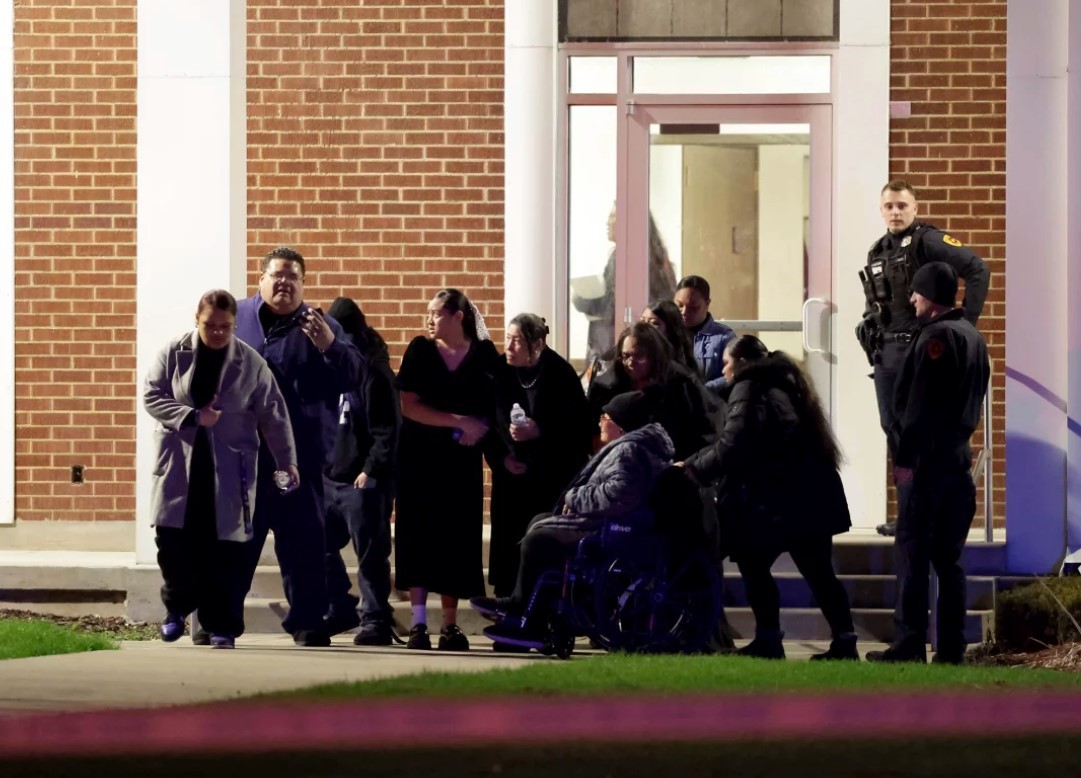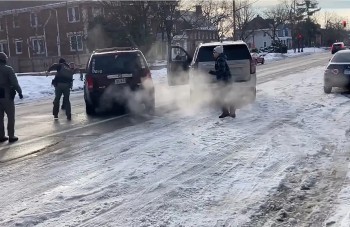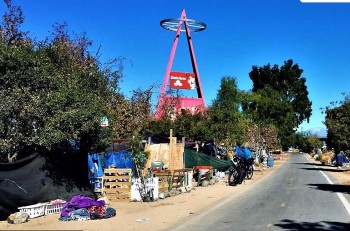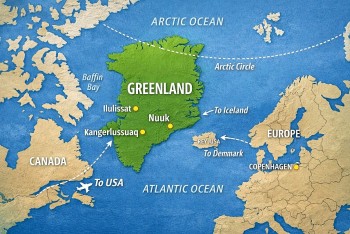The Mystery of Devil's Kettle Falls Has Been Solved
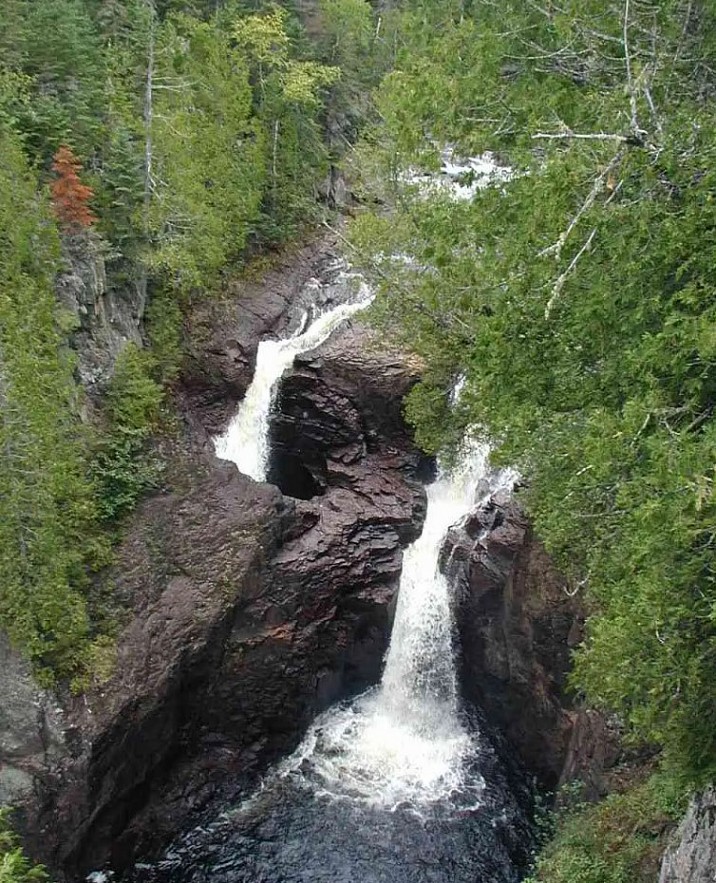 |
| Since the year the mysterious phenomenon was discovered at Devil's Kettle waterfall (1957), in Judge C.R. Magney in Minnesota (USA), this place has become an attractive destination for those who love to explore in America. |
Devil's Kettle Falls is a mysterious and fascinating destination on Lake Superior's North Shore that many people want to experience for themselves. It is a stunning and unusual natural phenomenon that has perplexed scientists and tourists for decades.
The falls are on the Brule River, about 25 miles (40 kilometers) from the Canada-United States border in Judge C. R. Magney State Park, Minnesota. The park is named after the former Duluth mayor and Minnesota Supreme Court justice who helped establish numerous state parks and scenic drives along the North Shore.
Devil's Kettle Falls is located about 1.4 miles from the mouth of the Brule River, where it splits around a block of hard volcanic rock known as rhyolite.
The river's east branch rises 50 feet (15 meters) in two steps and continues downstream, whereas the west branch disappears into a deep hole in the rock. No one knows exactly where the water will go after it enters the hole, or how far underground it will travel before joining the main river or emerging elsewhere.
Solved: The mystery of Devil's Kettle Falls
 |
| When the water from this waterfall flows down a deep hole in the rock, known as the "kettle," it appears to vanish. Many geologists continue to struggle with the question of where the river's water flows. This is why people refer to the falling waterfall as "The Devil's Kettle". |
Many theories and rumors have been proposed to help explain this mystery. Some believe that the water flows into Canada, the Mississippi River, or even a hidden underground civilization. Others attempted to test the water's path by throwing various objects into the hole, including GPS trackers, colored dyes, ping pong balls, and logs. However, none of these experiments provided conclusive results because no objects were discovered downstream or elsewhere.
As a result, the location of this waterfall's water remains unknown in the area, with no satisfactory geological explanation. The area's rock composition is unsuitable for creating large underground passages, which are commonly found in porous rocks such as limestone. Lava tubes can grow in certain types of igneous rocks, but rhyolite, the most common rock type, does not support their formation. The underlying basalt layer is too deep and did not form under suitable volcanic conditions for pipes.
In 2017, hydrologists from the Minnesota Department of Natural Resources (DNR) announced that they had solved the mystery with a simple method: measuring the water flow above and below the waterfall. They discovered that the amount of water was roughly the same at both locations, implying that the water that disappeared into the hole returned to the river from underground just behind the waterfall.
So, where did all of the thrown objects disappear? Researchers attribute the lack of objects floating back to the surface to strong currents in the waterfall's plunge pool, which are strong enough to keep most materials submerged until crushed. Into powder.
To confirm their findings, they planned to conduct dye trace monitoring in the fall of 2017 by pouring biodegradable, fluorescent dye into the hole and watching how it appeared back somewhere along the river. However, park management discouraged them from doing so, and they reluctantly concluded that dye experiments were not scientifically required to confirm the reconnection of water with the river below the falls.
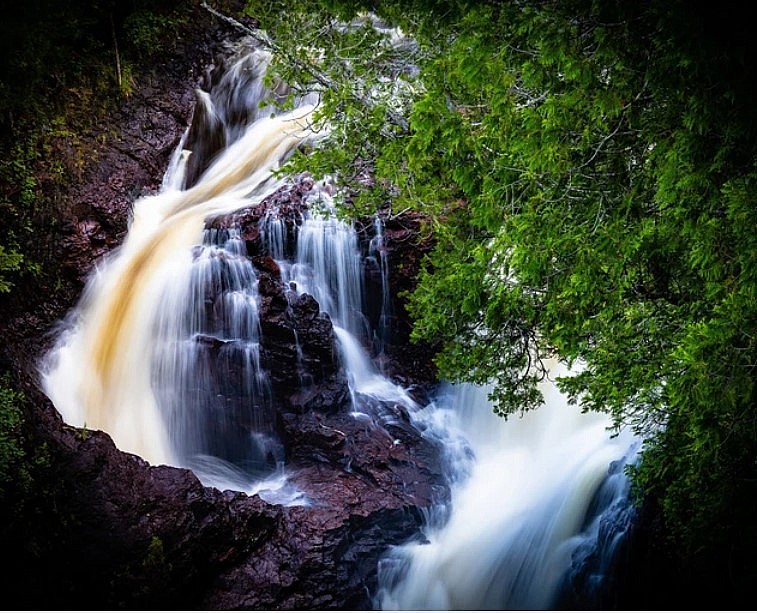 |
| In early 2017, hydrologist Jeff Green of the Minnesota Department of Natural Resources (DNR) and professor Calvin Alexander solved a 60-year-old mystery at Devil's Kettle. After conducting professional experiments, two experts discovered that the Brule River water flowing down to Devil's Kettle will return to the river from underground, directly behind the waterfall. |
However, many people remain skeptical of the DNR's explanation. Some people believe that measuring water flow alone is insufficient to demonstrate where the water is going because other water sources may be contributing to the river's lower reaches. Others point out that much remains to be learned about the area's geology and hydrology, such as how deep and wide the holes are, what types of rocks lie beneath them, and how water moves through them.
Many visitors to Judge C. R. Magney State Park continue to be amazed and intrigued by Devil's Kettle Falls. This is also a lovely and poetic location to appreciate nature and marvel at its mysteries. If you want to see it for yourself, walk the 2-mile (3.2 km) round-trip trail that runs from the Brule River's mouth to the waterfall's tributary.
 Top 10 Most Mysterious People In The World of All Time Top 10 Most Mysterious People In The World of All Time There are things on earth that we have never found out, as for the list of the 10 most mysterious people in the world right ... |
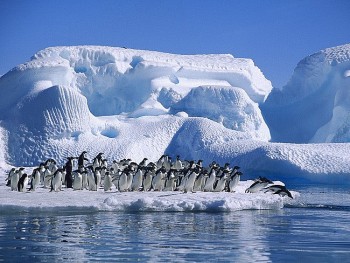 The Mystery of 10 Biggest Deserts In The World The Mystery of 10 Biggest Deserts In The World From Sahara desert to Antarctic Desert, which one is the biggest in the world? How big are they? Check out Top 10 Biggest Deserts In ... |
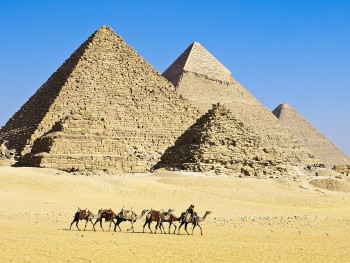 How Egyptians Moved Tons Of Rocks To Build Pyramids How Egyptians Moved Tons Of Rocks To Build Pyramids The ancient Egyptians who built pyramids moved massive blocks of rock across the desert by wetting the sand in front of a contraption designed to ... |
 Mystery of Henrietta's Immortal Life and HeLa Cells Mystery of Henrietta's Immortal Life and HeLa Cells Even if you've never heard of Henrietta Lacks, her cells might have been useful to you. The first immortal human cell line, HeLa cells are ... |



